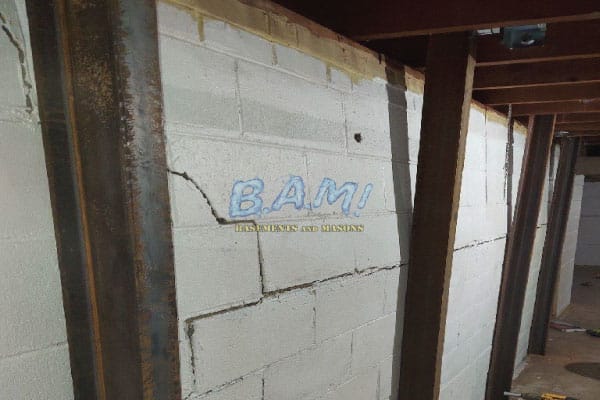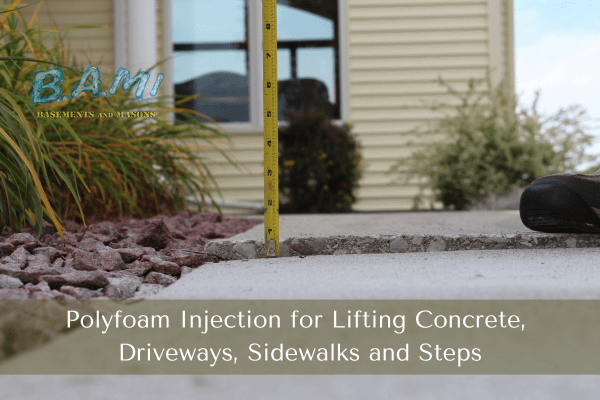The 25-Second Trick For Best Basement Waterproofing
Table of ContentsBest Basement Waterproofing Fundamentals ExplainedThe smart Trick of Best Basement Waterproofing That Nobody is Talking AboutA Biased View of Best Basement WaterproofingThe 30-Second Trick For Best Basement Waterproofing
What causes water damage issues in your basement? Pipelines that line the inside of your wall surfaces are simply one example of where water damages can happen.The soil and ground of your home is extremely vital. If there is too much water bordering your home, nonetheless, it can push the dirt right into your home and cause the seals of your cellar to become compromised. when you see excess water in position where it ought to not be, that is an excellent sign that you have a trouble.
You use the finish with a heavy brush made with bristles swirled during application for an attractive, completed appearance. Concrete waterproof layers can't be applied to previously repainted surfaces Silicate-based concrete sealants, additionally recognized as densifiers, are likewise suitable just for wall surfaces that have not been painted or sealed.
The Best Basement Waterproofing Statements
Plastic sheets and panels may be combined with interior basement water drainage systems. They do not stop water from obtaining via the wall surface, but they do stop it from ruining points in the cellar.
A sump pump is needed to relocate water out of your cellar. Right here are a few things the specialists can install to aid the waterproofing procedure: this is designed for the wall surfaces of your cellar.

Cellar waterproofing is an excellent means to get ahead of possible water damage that may come your means.
Best Basement Waterproofing for Dummies
When it comes to protecting your home, among the most essential steps you can take is cellar waterproofing. A dry basement not just ensures a safe and healthy atmosphere for you and your household, yet it also helps to avoid costly water damages and mold and mildew growth. In this post, we will discuss the relevance of cellar waterproofing, the benefits it offers, and just how you can set about protecting your area.

When it concerns cellar waterproofing, there are numerous techniques that can be utilized to maintain water out of your area. These include indoor sealers, exterior waterproofing membrane layers, and water drainage systems. The most effective method for your basement will rely on factors such as the level of water intrusion, the condition of your structure, and your budget plan.
Finally, basement waterproofing is an essential action in shielding your home from water damage, mold growth, and various other concerns. By purchasing basement waterproofing, you can make sure that your room remains dry, risk-free, and healthy and balanced for you and your family members. Not only about his does basement waterproofing offer assurance and security for your home, however it can additionally enhance its value and save you cash on power costs over time.
The Greatest Guide To Best Basement Waterproofing
Inside sealers are a kind of basement waterproofing approach that includes applying a sealant to the within of the cellar wall surfaces and floors. Water can seep right into a basement through splits, voids, or porous concrete, particularly in areas where there is high groundwater or inadequate water drainage. This can cause water damage and mold development, in addition to damage to the structure and structural integrity of the structure.

It is an effective service for preventing Source water damage and maintaining the architectural honesty of the building. However, it can be expensive and turbulent to mount, as it needs excavation around the foundation and may involve landscaping and other repairs once the waterproofing is full. Nonetheless, this method is one of the most reputable and lasting option for avoiding water infiltration in the cellar.
Foundation fracture injections are a method of repairing splits in the foundation walls from the within, without excavating the soil around the foundation. The process entails injecting a liquid polyurethane or epoxy into the splits, which after that hardens and creates a water resistant obstacle that protects against water from permeating through. This technique is typically used for smaller cracks that do not present an architectural hazard, and can be finished promptly and with very little disturbance to the building's passengers.